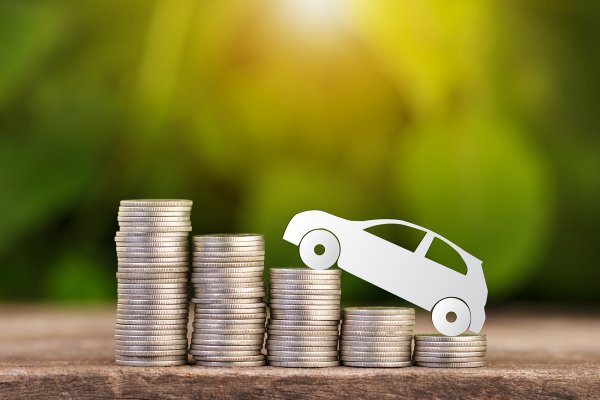We often get asked whether a company vehicle can qualify as a van or commercial vehicle for tax and VAT purposes.
Let us first ascertain whether the vehicle in question is a car or a commercial vehicle as this will be the starting point for deciding if input tax is recoverable.
The VAT definition of a car
This is in Statutory Instrument 1992/3122. The basic definition is that it is a vehicle to be used on public roads that has three or more wheels and is either constructed or adapted solely or mainly for the carriage of passengers or has to the rear of the driver’s seat roofed accommodation which is fitted with side windows or which is constructed or adapted for the fitting of side windows.
This definition may lead us to the conclusion straight away that, for example, a Nissan Navara double cab will be a car for VAT purposes. However, there are important clauses in the legislation further defining what is or is not a car. A vehicle constructed to carry a payload of one tonne or more is not a car for VAT purposes. This is a very important factor for double cab vehicles as many of them will have a payload of over a tonne and therefore will qualify as commercial vehicles. You should check the specifications of your particular model to see if the payload is over one tonne. If it is, your vehicle is a commercial vehicle rather than a car. Similarly, if the unladen kerbside weight of the vehicle is three tonnes or more this excludes it from the definition of a car.
What are the implications for recovery of input tax on the purchase?
Having established whether the vehicle is a commercial vehicle or a car you now should consider the implications for recovery of input tax on the purchase.
Input tax recovery on a car is blocked unless:
• it is stock in trade for a manufacturer or dealer, or
• it is intended to be used primarily as a taxi, driving instruction car, or self-drive hire car, or
• it will be used exclusively for business purposes and would not be made available for the private use of anyone.
The last of these conditions place a very high burden of proof on the taxpayer as it requires measures to be in place preventing the taxpayer or their employees from using the car for private use – even, for example, in case of emergency – and thus is difficult to meet satisfactorily.
HMRC website information on recovery of VAT for commercial vehicles
HMRC’s website information about the recovery of VAT on a commercial vehicle is slightly misleading. The rules have not been changed and it is still the case that input tax on a commercial vehicle purchased by the business can be recovered, even if there is an element of private use. If there is to be private use of the vehicle as well as business use, then the taxpayer has a choice to either:
1. apportion the input tax recovered at the outset; so what is recovered equates to the anticipated business use proportion, or
2. recover the input tax in full at the time of purchase and then account for output tax on private use each quarter using the Lennartz principle.
3. If using apportionment at the outset, the taxpayer needs to be able to demonstrate how he arrived at the proportion used, which must be fair and reasonable.
To see how to make the Lennartz calculation use the reference in HMRC input tax manual VIT25540.
